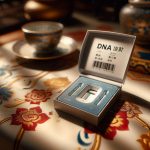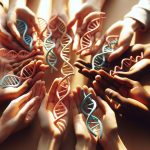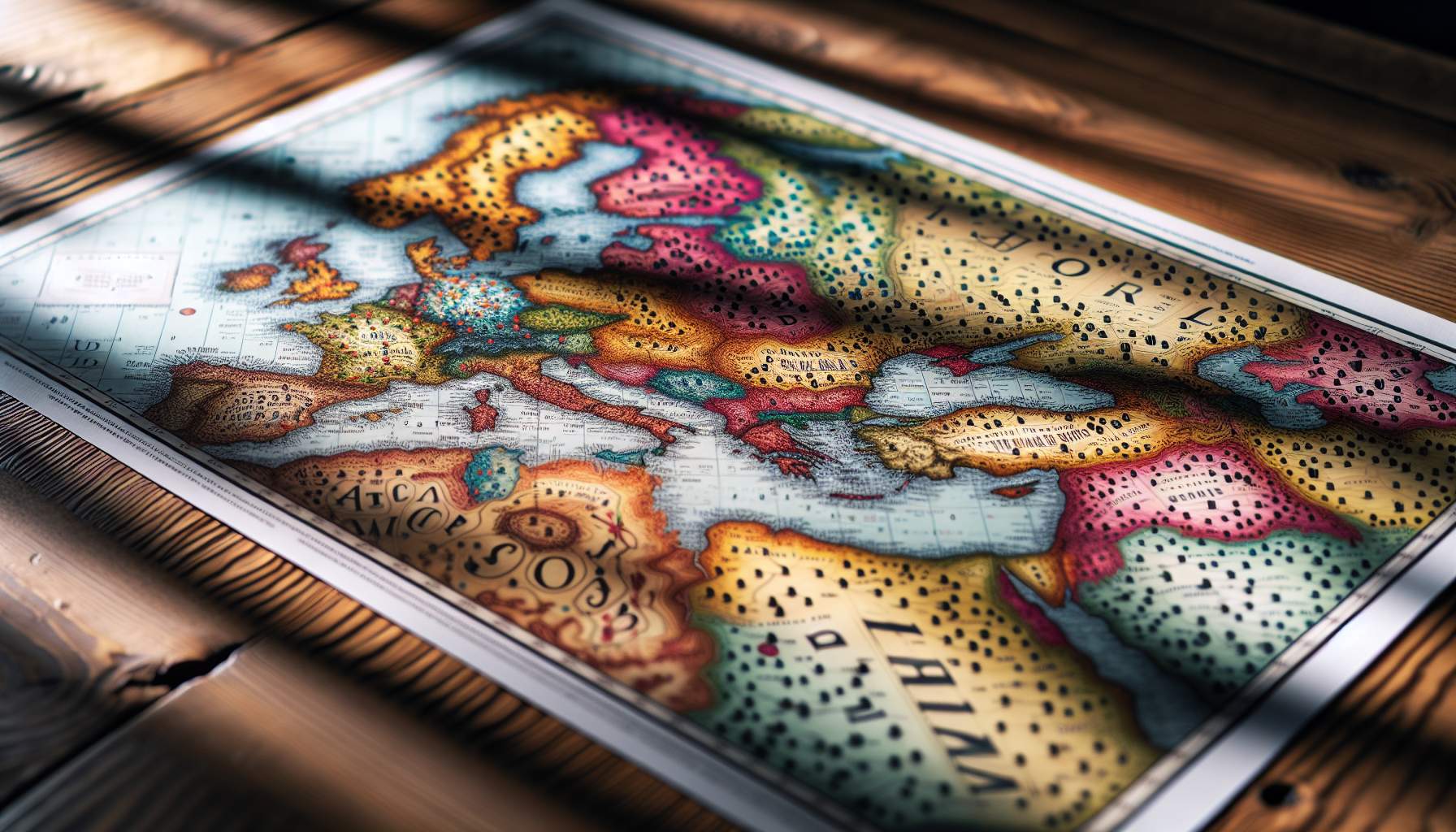
Imagine a world where the lines that divide countries aren’t drawn by politics or ethnicity, but by the genetic footprints of our ancestors. This is exactly what a unique map proposes, offering a glimpse into how Northern Africa, the Middle East, and Europe’s boundaries could be reshaped based on dominant Y haplogroups. These genetic markers trace paternal lineage and give us an astonishing view of human migration and settlement patterns across these regions.
Let’s get down to brass tacks with some key haplogroups:
– Haplogroup R1b reigns supreme in Western Europe, marking its territory from the Scottish Highlands down to parts of North Africa.
– Haplogroup R1a, on the other hand, paints a broad stroke across Eurasia, connecting Scandinavia to southern Asia with its genetic trail.
– If we venture further eastward and northward, Haplogroup N casts its net over Southeastern Asia to Eastern Europe.
– For those with Viking roots or an interest in Nordic ancestry, Haplogroup I1 takes center stage in Scandinavia and Finland as the leading lineage marker.
– Traveling southwards into former Yugoslavia and other Slavic nations alongside Sardinia,< strong>Haplogroup I2 emerges as the predominant paternal line.
Switching gears towards warmer climates:
– The Middle East showcases a rich tapestry woven by Haplogroups J1 and J2, strong>Northern Africa,,and even tapping into Central Asia and India for J1.
Meanwhile:
HaploGroup E< / Strong>tells African stories through its various subgroups,,spanning from North to South,,with distinctive markers setting apart different regions.< / Li>
Last but certainly not least,,the Caucasus region boastsG-M201 (HaploGroup G)< / Strong>,scattered amongst diverse ethnic groups stretching all way from Georgia to parts of Europe.,Central Asia,.and even some nooks of Northern Africa.< / li>< / Ul>
Such insights challenge our conventional understanding of borders while providing fascinating revelations about our shared past. It’s food for thought: what if history books were illustrated not just with tales of wars won or cultures conquered but also with maps like these—highlighting how genetics can redraw boundaries beyond nationalistic lines?

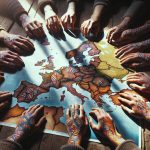
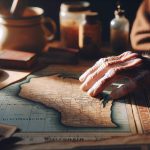


![DNA Glossary: Key DNA Definitions to Know [2024 Update] – Your Guide to Navigating the Complex World of Genetics 2024 DNA Glossary: Unlock the Secrets of Genetics](https://www.musterr.com/wp-content/uploads/2024/03/2024-dna-glossary-unlock-the-secrets-of-genetics-1709502590-150x150.jpg)









